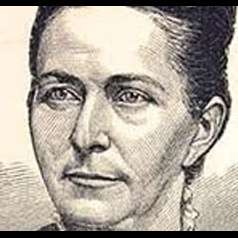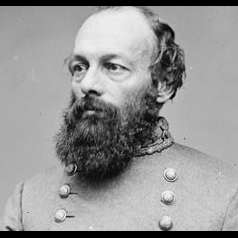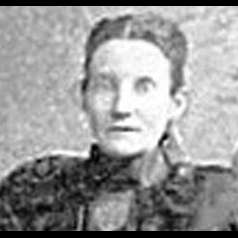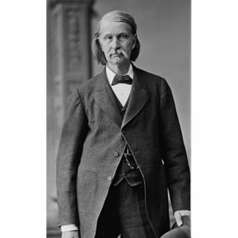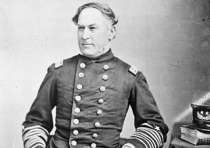
David G. Farragut, the first U.S. admiral, was born James Glasgow Farragut in 1801 and raised in Stoney Point, near Knoxville. After receiving a navy commission in 1806, his father moved his family to New Orleans. In 1808 a close family friend, Commodore David Porter, fell ill with yellow fever, the Farraguts nursed him; both Porter and Mrs. Farragut died of the fever and were buried the same day. In 1810 Porter's son offered to take James and his sister Nancy to live with his family in Pennsylvania.
Farragut changed his name to David in honor of his patron and entered the navy in December 1810. At age 11 he fought in the War of 1812, and his ship, the Essex, captured the HMS Alert.
Farragut married his second wife, Virginia Loyal, from a Norfolk family, in 1843. In 1844 his son, Loyal Farragut, was born.
In 1847, Farragut commanded the USS Saratoga and sailed to fight in the Mexican War, but he arrived in Vera Cruz after the Citadel had capitulated. In Norfolk on the eve of the Civil War, Farragut was warned that Union sympathizers were no longer safe in Virginia; his family moved to New York.
In 1861, Farragut was placed in command of a flotilla ordered to take New Orleans and open the Mississippi River to Federal traffic. In 1862, he was promoted to rear admiral for his success in opening the river to Vicksburg. By January 1864, Farragut was back in the Gulf of Mexico preparing for an assault on Mobile Bay. During this August battle aboard the USS Hartford, he was reported to have responded, "Damn the torpedoes, full speed ahead.” Farragut took Mobile Bay that day.
Failing health forced Farragut to return to New York in December 1864. He was promoted to admiral in July 1866, the first person in the U.S. Navy to hold that rank. Weak from a series of heart attacks suffered the previous winter, he died on August 14, 1870, at Portsmouth.
Tools
Key Facts
- Took New Orleans and opened the Mississippi River to Federal traffic, followed by Mobile Bay.
- Known for his command, "Damn the torpedoes, full speed ahead."


